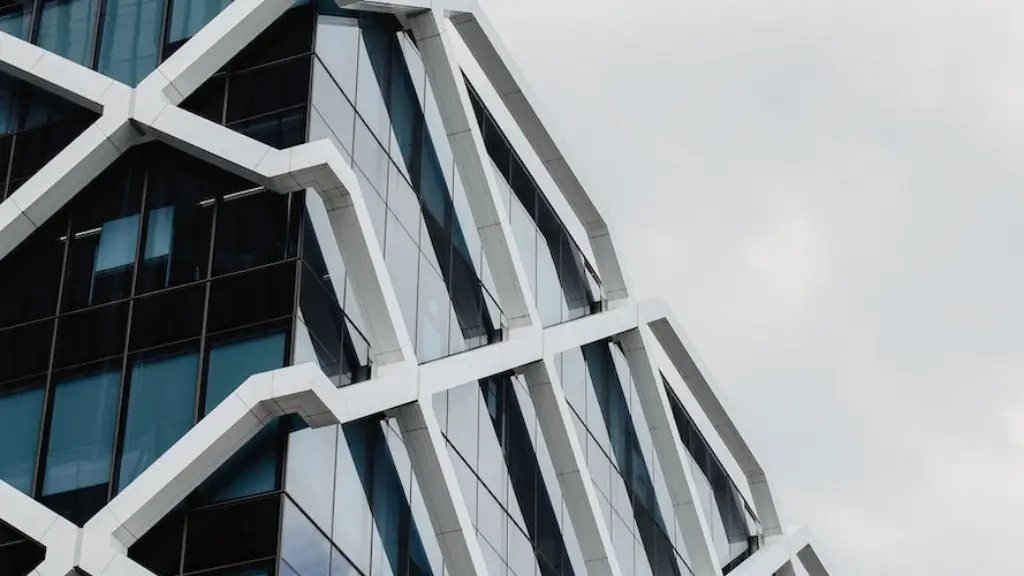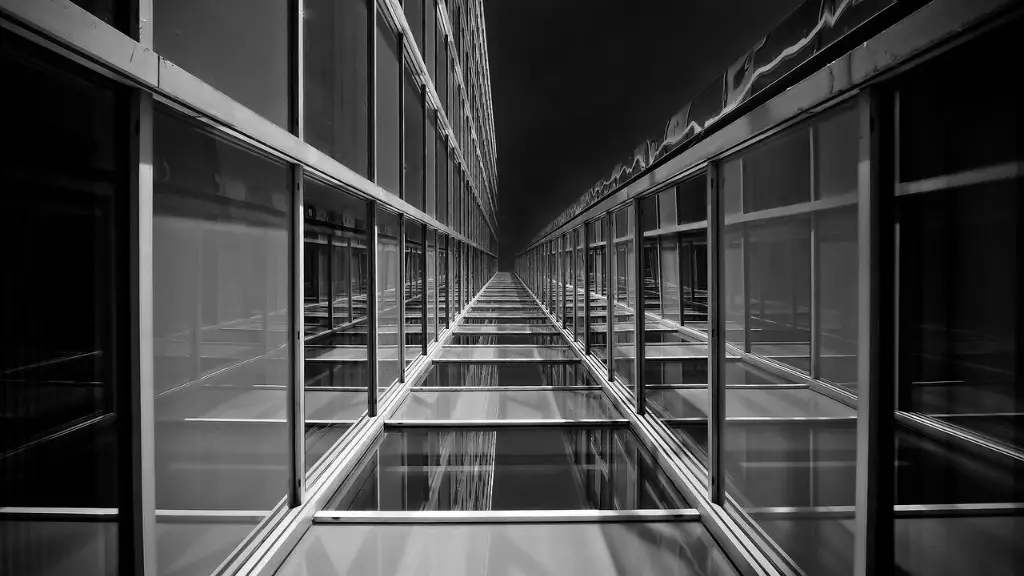Overview of Entourage in Architecture
Entourage in architecture is the incorporation of life-like elements into architectural designs in an effort to create a more realistic, life-like depiction of the design. Entourage has been used in design-marketing projects, in art, and in architecture for many years. In architecture, entourage plays an important role in helping to create a beautiful and stunning landscape, as well as providing additional context and specificity to the scene. The incorporation of entourage can also help to set the tone and mood of the project.
The Benefits of Entourage in Architecture
The use of entourage in architecture has become increasingly popular due to the many benefits it can offer. One of the main advantages is that entourage can be used to add life and vitality to otherwise blank spaces. Entourage has the ability to express activities, provide movement, and even hint at social interaction. This can also help to create an atmosphere or ambience for the design. Entourage can also be used to bring a sense of variety and depth to the overall design.
Types of Entourage in Architecture
Entourage in architecture can take on many different forms and shapes. Some of the most popular types include people, animals, and plants. People are usually used to demonstrate activities in the area, such as walking, jogging, or even sitting and chatting. Animals, such as birds or other animals, can be used to add a certain level of authenticity to the design. Plants, such as trees, flowers, and shrubs, can be used to add texture, color, and contrast to the design.
The Value of Entourage in Architecture
Entourage in architecture is a valuable tool for both architects and designers. Entourage can provide context and visual richness to a design, which can help to make the design more realistic. Entourage can also provide a sense of life and vitality to a design, which can be important when attempting to convey the idea or concept behind the design. Additionally, entourage can be used to add movement and activity to a design, which can be beneficial when attempting to make the space feel more alive and vibrant.
Drawbacks of Entourage in Architecture
Although entourage in architecture can provide many advantages to a design, there are some potential drawbacks that should be considered when using this technique. One of the main drawbacks is that the use of entourage can make the design more complex and difficult to understand. Additionally, the use of entourage can lead to an over-cluttered design, which can harm the clarity and visual impact of the design. It is also important to consider the cost of incorporating entourage into a project, as it can be quite expensive to procure and install entourage elements.
Implementing Entourage in Architecture
When designing with entourage, it is important to properly incorporate the element into the design. It is important to consider how it will interact with the other elements in the design, as well as its purpose and impact. Additionally, it is important to choose entourage elements that are appropriate to the theme and feel of the design. It is also important to consider the cost of the entourage element, as well as its installation costs. Furthermore, it is important to create a plan for the installation of the entourage elements and ensure that it is properly integrated into the overall design.
How Entourage Enhances Public Spaces
The use of entourage in architecture can help to enhance public spaces and make them feel alive and vibrant. Entourage can add a sense of activity to a public space, which can make it feel more inviting. Entourage can also provide a sense of identity and character to the space. Entourage can also help to create an ambience or mood for a public space, which can help to create a unique experience for people. Additionally, the use of entourage can help to add visual interest and depth to a public space, which can help to draw people in and make them feel as if they are part of the space.
Using Entourage in Interior Spaces
Entourage can also be used to enhance interior spaces in a variety of ways. Entourage can help to create an atmosphere or ambience in a room by adding elements of life and movement. Additionally, entourage can be used to draw attention to certain areas of the room, such as furniture or artwork. Entourage can also be used to add texture and color to a room, which can help to create a more interesting and inviting atmosphere. Furthermore, the use of entourage can help to add visual interest and depth to a space, which can make it feel larger and more open.
Conclusion of Entourage in Architecture
In conclusion, entourage in architecture can be a powerful tool for both architects and designers. The use of entourage can provide many advantages, such as adding life and vitality to a design and helping to create an atmosphere or ambience for a space. There are also some potential drawbacks to consider when using entourage, such as the complexity and cost of incorporating it into a design. However, when used properly, entourage can help to enhance public and interior spaces and make them more inviting and engaging.


